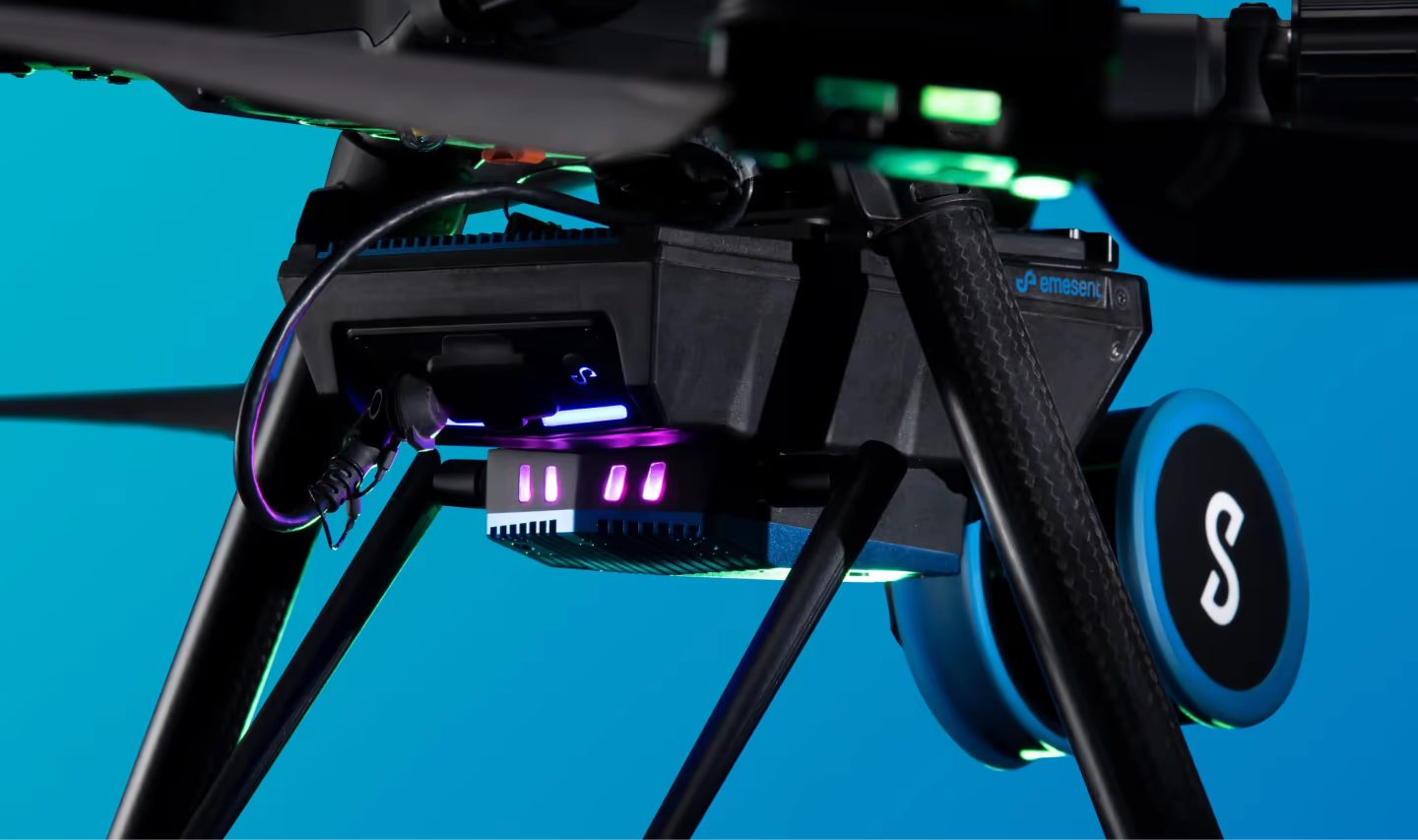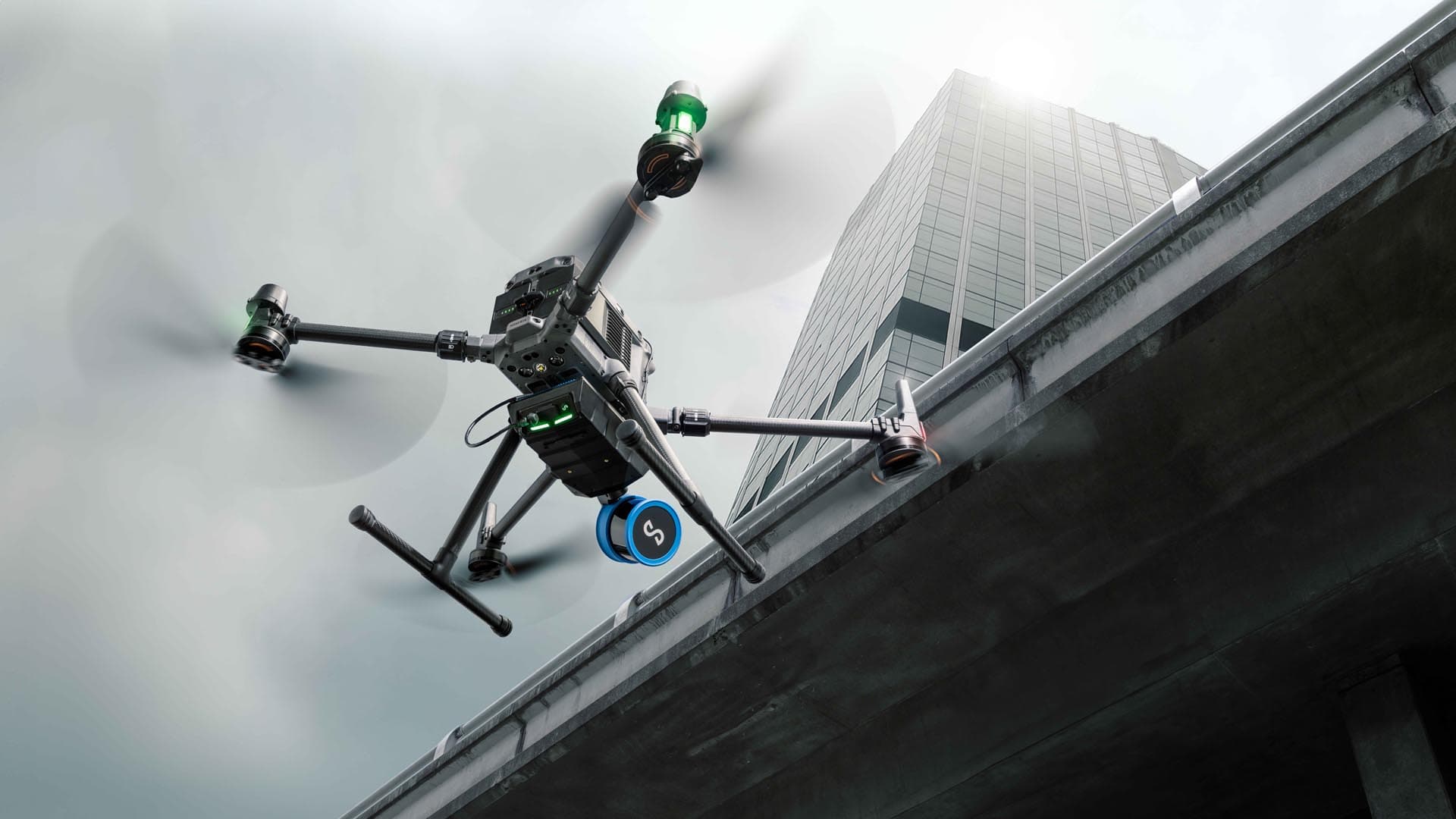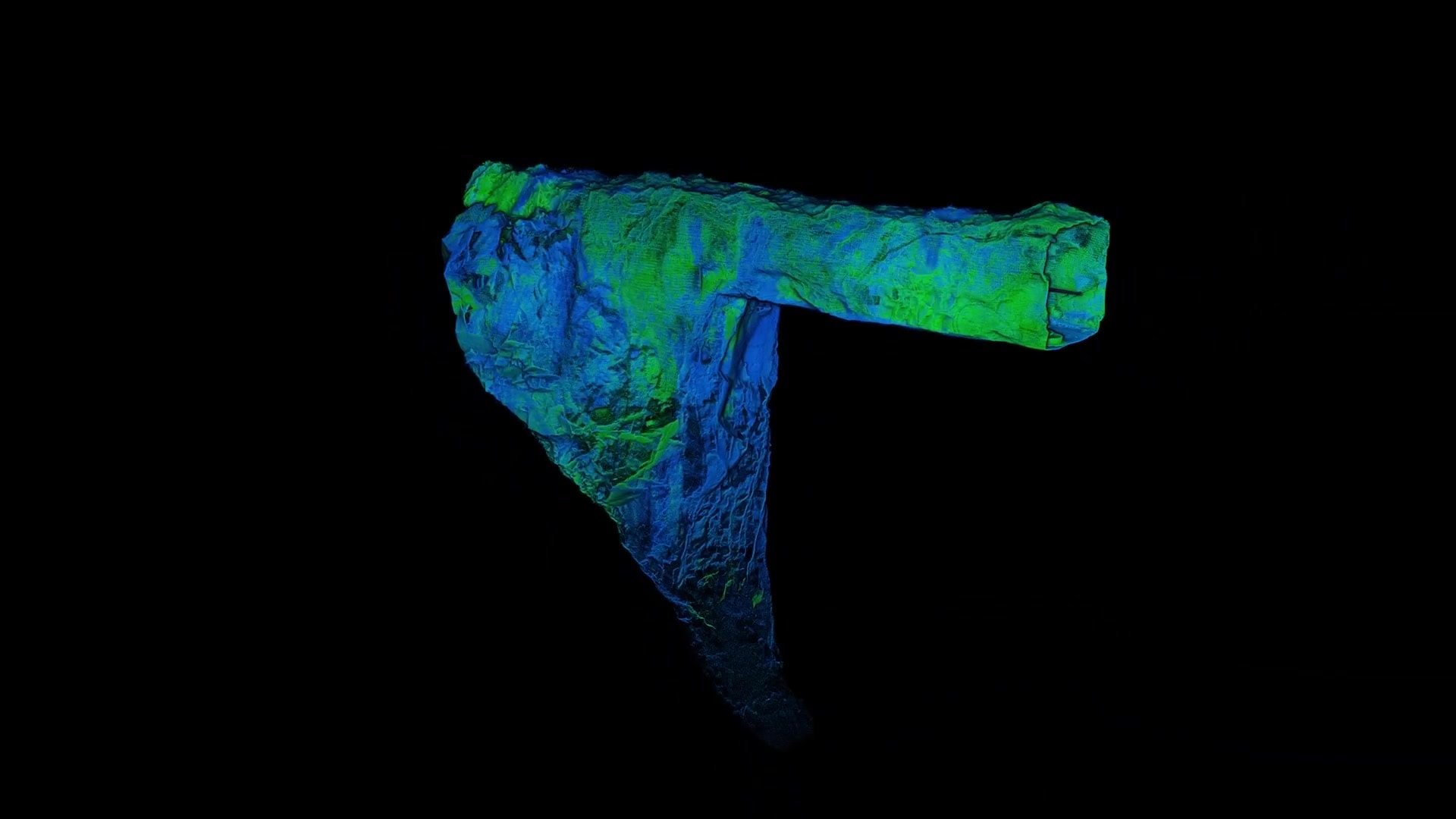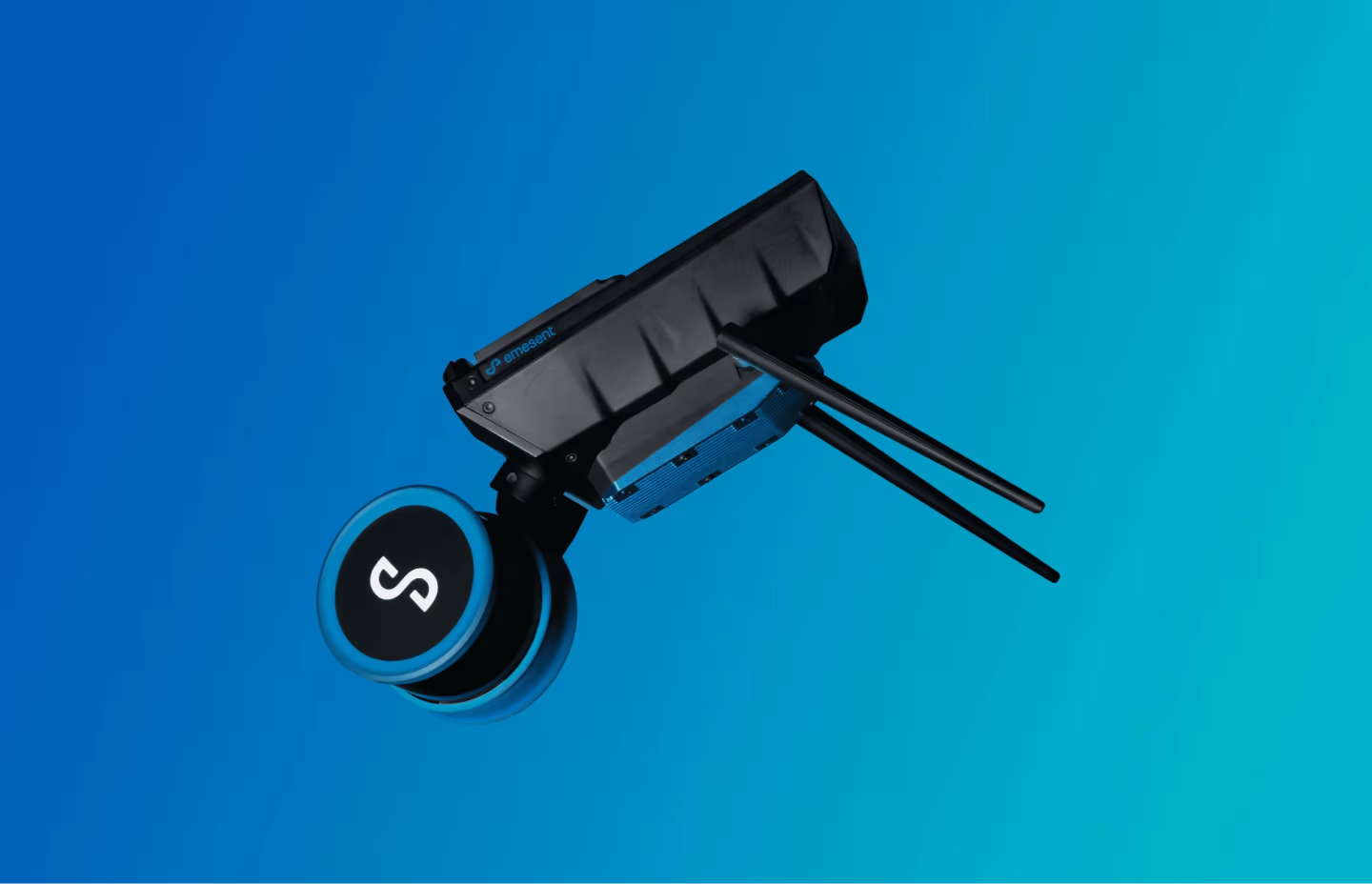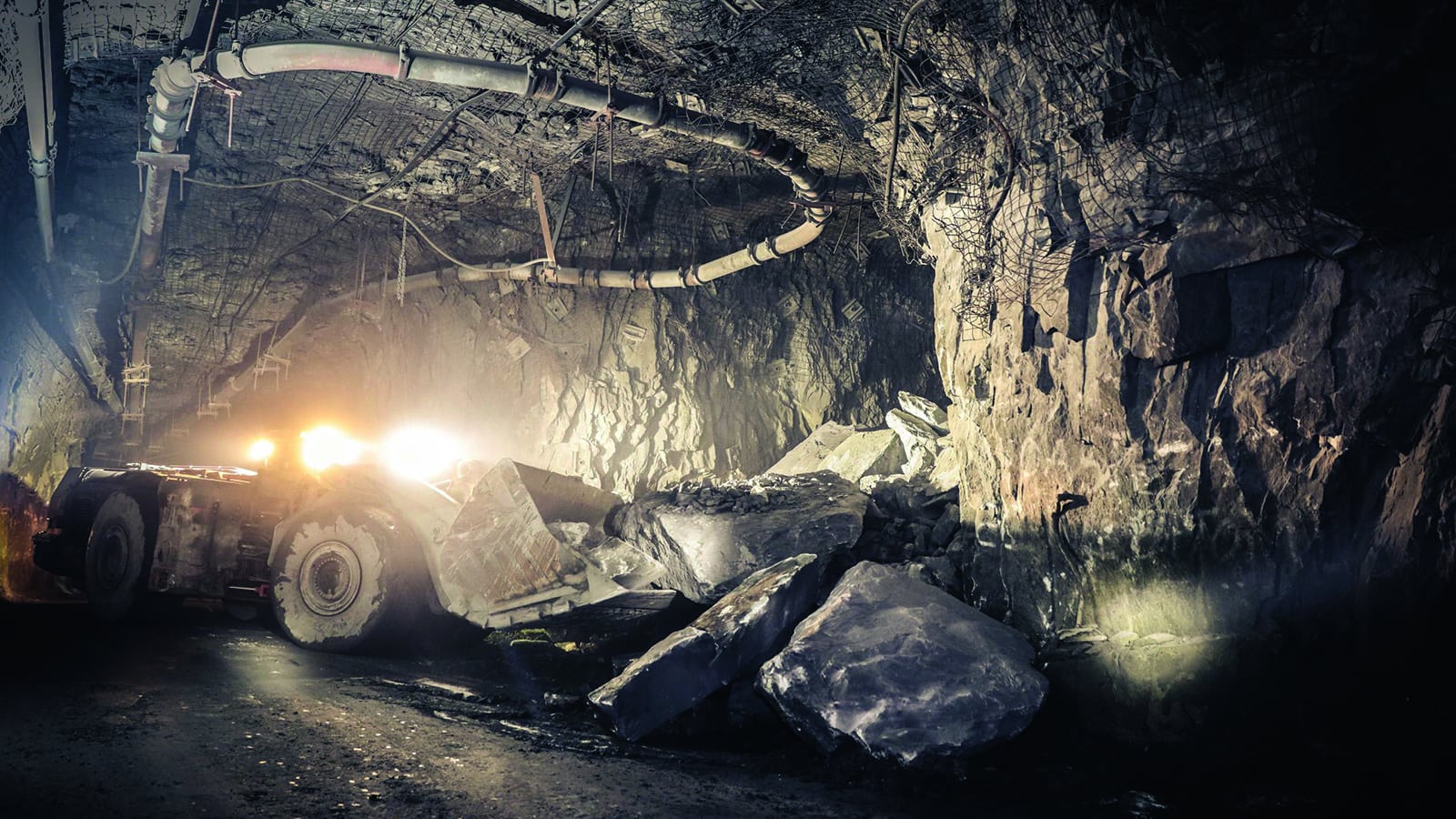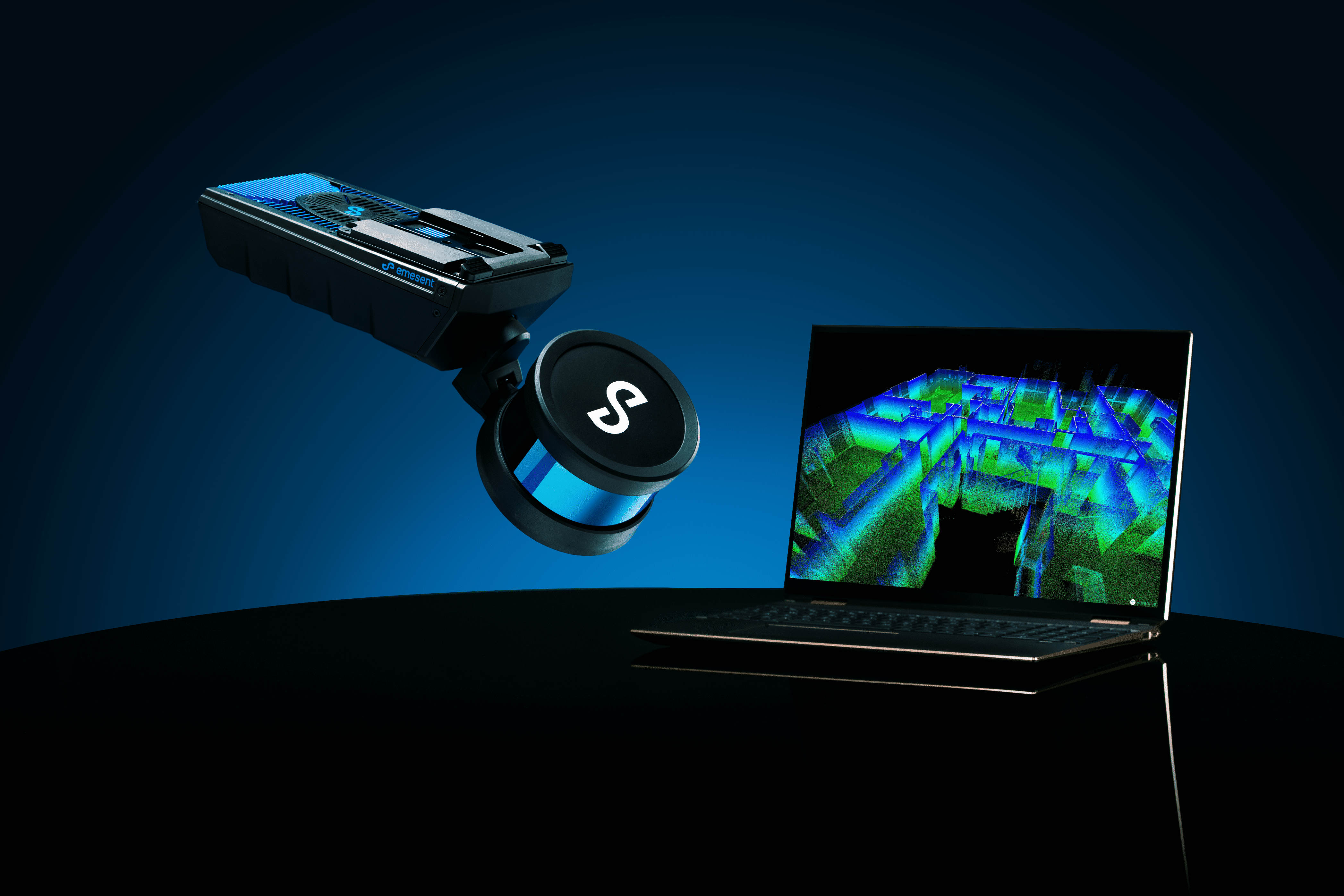Driving Innovation through Collaboration
Emesent and Northern Star Resources, working to streamline data processing
The mine of the future will be underpinned by a digital framework. To keep up with market volatility, longer asset life cycles, and policy shifts worldwide, mining companies must leverage the latest technologies. These include the latest in data capture and processing technology to build intelligent digital mines.
Emesent has developed over 10 years of robotics and autonomy research to enable high-quality data capture in difficult to access areas, like underground mines. It’s committed to helping customers de-risk their operations with this world-leading technology.
That’s why Emesent is working with end-users to drive practical and useful innovations that will benefit the mining industry.
As a company constantly exploring how technology improves the data that informs their decision-making, Northern Star Resources is a great partner for this and is helping to convert the digital roadmap into reality.
Northern Star has a portfolio of low-cost, high margin gold mines, predominantly in Western Australia. Their focus is on improving the efficiency of data collection and turning this into information to allow deeper insights, better and more timely decisions.
“Acquiring data with the drone is fantastic but what we’re really interested in is what that means for our operational and technical teams – how they use the data and how it changes their ability to determine a better outcome,” says Jeff Brown, GM – Technical Services for Northern Star.
The drive to streamline processing for underground data led Northern Star and Emesent, together with CSIRO, to collaborate as part of a government Cooperative Research Centres Projects (CRC-P). The project aims to drive innovation towards providing end-to-end solutions for underground mine data to ensure the team on the surface is getting the best information possible for decision making.
For Emesent, this includes forming agreements with mining software providers, like Deswik and Maptek, to facilitate the handling and analysis of captured data. It also means finding ways to overcome the barriers to adopting new technology. All of which are helping to shape new versions of the Hovermap solution.
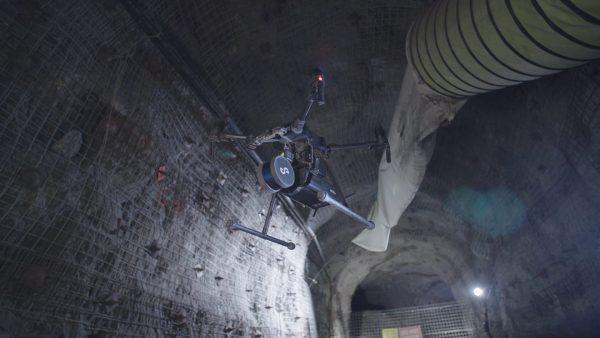
For Northern Star, this means testing Hovermap and exploring practical solutions for data capture and analysis and using the information to refine their mining processes to achieve better outcomes.
Throughout this process, Northern Star has been expanding the applications of LiDAR Hovermap scanning to produce insights not previously possible.
“Our survey team has been able to identify issues that would not have been possible using our traditional void surveying tools. The quality of the data throughout the void scan is significantly improved, and the ability to investigate specific areas leads to greater insights into the performance of the mining process,” says Jeff.
“There was an initial learning curve to adopt Hovermap, but now it’s being used practically every day – because we’re seeing the benefits.”
Northern Star is already deploying Hovermap for a variety of underground use cases and exploring more. They scan stopes to assess over-break and the underlying geological structures, calculate in-stope volumes, and capture the final void shape. Next steps include replacing traditional convergence monitoring with Hovermap LiDAR scanning, enabling full autonomy to survey old mine workings, and further refinements in data alignment and processing in real-time.
The resolution and coverage of the data far surpasses what was possible with traditional CMS methods and is virtually shadowless. Surveyors now have high quality, full coverage scans of the stope shape for end of month reconciliation and geotechnical engineers are able to better identify lithology changes or structural features that may cause stability issues.
Northern Star is also planning for the future and considering how else they may be able to use Hovermap’s autonomy capabilities and high quality data outputs.
The relationship is mutually beneficial, with Emesent getting real-world knowledge.
“It is a great benefit to engage our customers early in the development process so we can better understand their requirements and provide a product that will solve their problems,” says Dr Farid Kendoul, Emesent CTO and co founder.
“It gives us confidence that our services and products are being extensively tested in operational environments.”
Together, Emesent and Northern Star will continue to collaborate, augmenting autonomy capability in a direction that brings value to the mining industry and contributes to shaping the digital mine of the near future.

